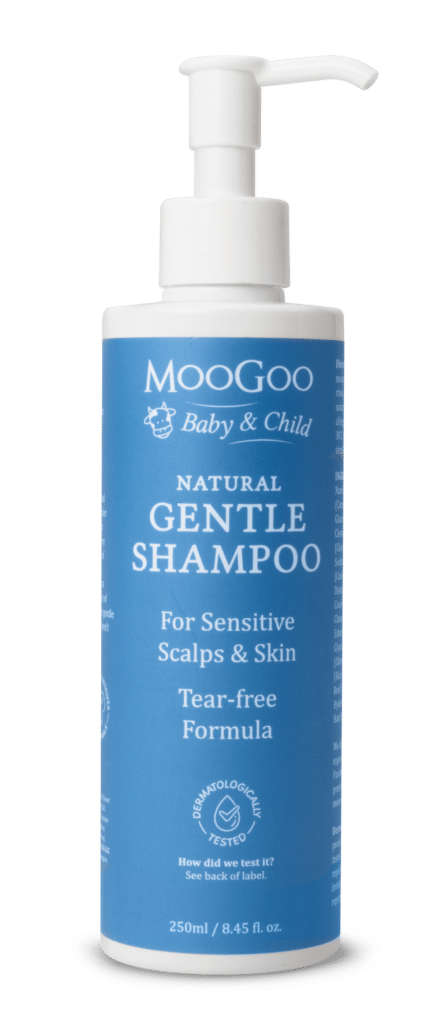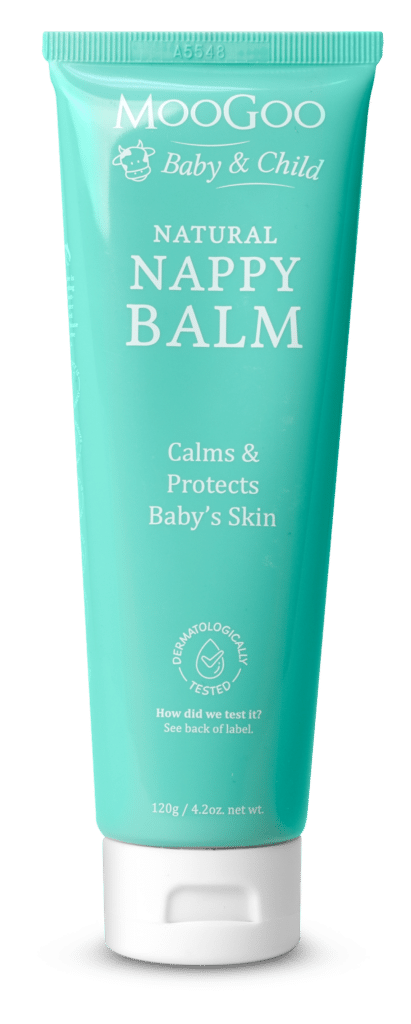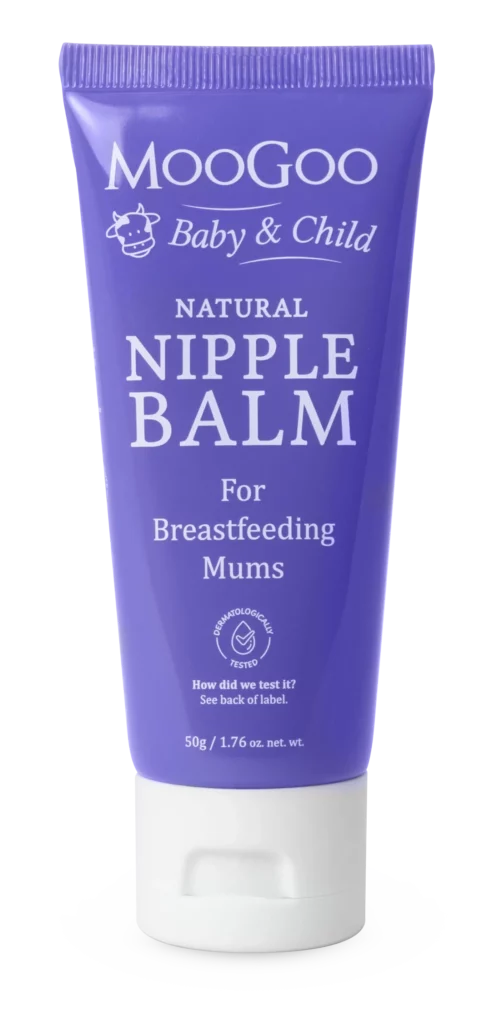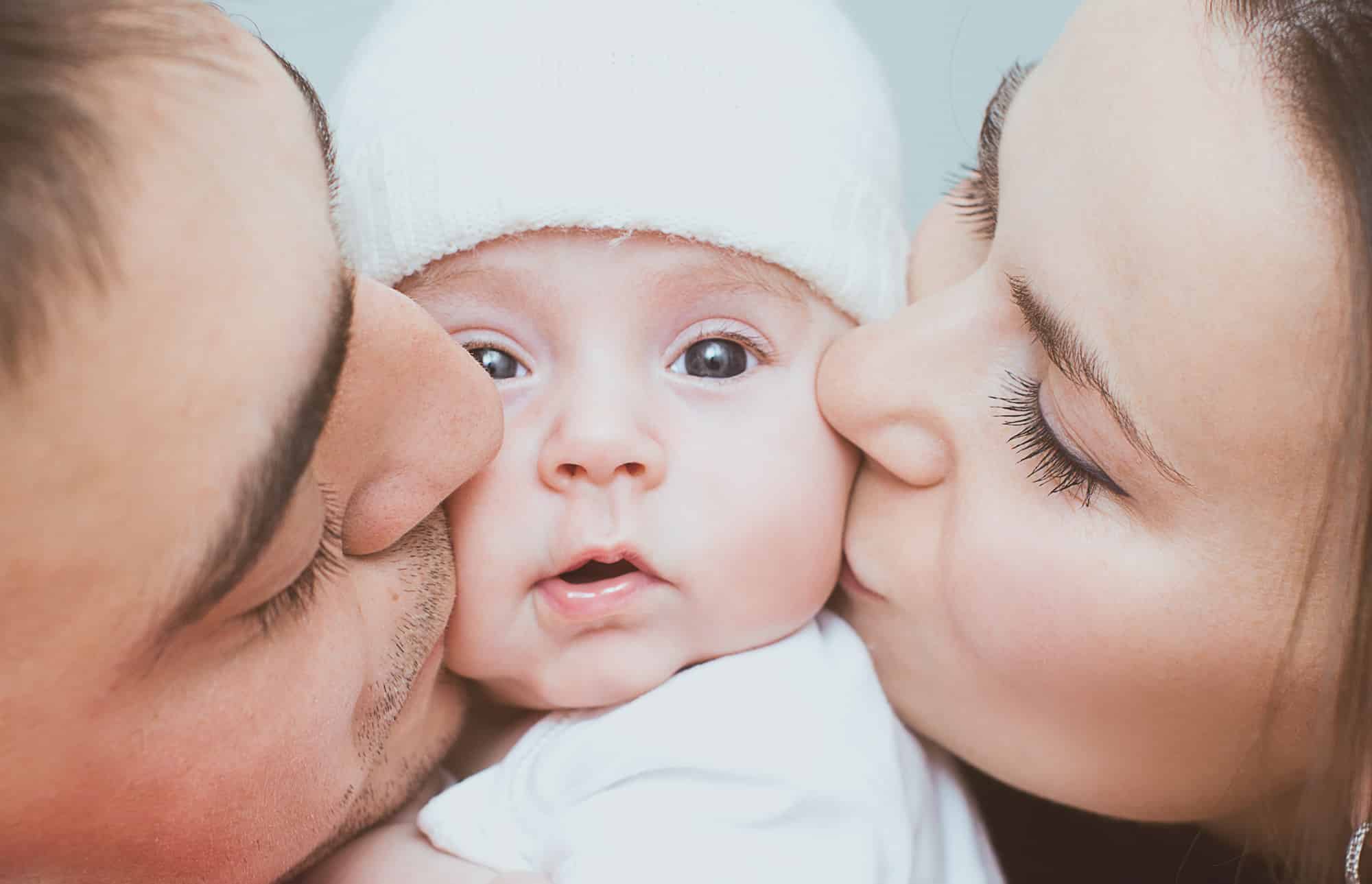You’ve recently welcomed a baby into your life – congratulations!
The 12 weeks after birth are equally important for a baby’s growth and your recovery. Here’s everything you need to know about getting through the fourth trimester.
What to Expect?
Fourth trimester
The fourth trimester is the transitional period between birth and 12 weeks postpartum. During this time, your baby will experience incredible growth as they adapt to life in the real world, and you’ll focus on adjusting to your baby while recovering from pregnancy. When you add in the stress of breastfeeding, sleep deprivation, hormonal changes, and adjustment to motherhood, you’ll learn that the fourth trimester can be an extremely overwhelming time. Don’t be afraid to reach out for support whenever you need it.
What’s happening with you?
Whether you gave birth vaginally or by caesarian, it’s common to feel some level of pain after giving birth. The severity of pain will differ from person to person depending on how you delivered, and whether you had any complications during or after birth. Types of pain that can be normal after birth include:
- Cramping as the uterus shrinks back to its normal size
- Pain in the perineum, the area between your vagina and anus
- Pain in or around your incision and stitches
- Discomfort in your back, neck, and joints
- Breast swelling
Pain that isn’t considered typical, that should be assessed by a doctor includes:
- Severe headaches that don’t improve with medication or affect vision
- Pain with fever over 38°C
- Painful urination that worsens over time
- Heavy bleeding
- Foul-smelling vaginal discharge
- Pain and swelling in the legs
- Chest pain or difficulty breathing
Vaginal birth recovery
If you had a vaginal birth, it can take around 6 to 8 weeks to recover.
During week one after vaginal delivery, you’ll likely experience a lot of vaginal soreness and bleeding as your body expels the womb lining and heals the placenta wound. If you experienced perineal tearing or stretching during labour, you may have stitches that take up to 6 weeks to heal. Perineal soreness is completely normal, as are contractions that align with the uterus returning to its pre-pregnancy size.
To soothe any pain or discomfort, apply ice packs, frozen pads, or padsicles to soothe your perineum, use a spray bottle of warm water during or after urinating, take a stool softener and drink a lot of water to make bowel movements easier.
During week two after vaginal delivery, bleeding starts to taper off. You may experience vaginal itchiness as the area starts to heal, and the stitches may start to irritate you. Typically, the irritation experienced during week two is a sign that your body is healing as it should be.
By week six after vaginal delivery, the uterus has returned to its pre-pregnancy size, bleeding stops, and most women are cleared for sexual activity and exercise. This doesn’t mean you should engage in sexual acitivty or exercise if you aren’t feeling up to it. Take things at your own pace – you’ll know when you’re ready.
At six months after vaginal delivery, you should have regained full bladder control, your period may have returned, hair should stop falling out, and your milk may start drying up.
Caesarean-section recovery
If you had a caesarean birth, it’ll take several weeks for the tissues in and around your wound to heal completely. You’ll be advised not to drive or lift anything heavy for six weeks.
During week one after C-section, movement will be difficult and painful. You may need help getting in and out of bed, showering, or going to the bathroom. However, it is important to move around to avoid blood clots forming. Focus on keeping your incision clean to avoid further infection.
During week two after C-section, you’ll likely still be sore, however it may be easier for you to move around unassisted. As your incision continues to heal, your scar may become itchy, but this is a sign that your body is recovering as it should.
By week six after C-section, the uterus returns to its pre-pregnancy size, scarring may feel numb and itchy, and most women are cleared for sexual activity, exercise, driving, and heavy lifting. This doesn’t mean you should engage in these activities if you aren’t feeling up to them. Take things at your own pace – you’ll know when you’re ready.
At six months after C-section, you may reach your most tired point, your period may return, and milk will begin to dry up.
Mental health
During week one post-pregnancy, you’ll experience exhaustion and major changes in hormone levels. It’s normal to feel overwhelmed, like nothing is going right, or like crying all the time. Day 3 is particularly difficult as the post-baby buzz wears off, oestrogen and progesterone levels drop, and prolactin and oxytocin levels fluctuate.
During week two post-pregnancy, you may experience a rollercoaster of emotions, one of which may be postpartum depression. As hormones fluctuate, the ‘baby blues’ can cause feelings of sadness, anxiety, withdrawal, disconnection from your baby, and stress. After 2 weeks if you’re still not feeling yourself, it’s important to visit your doctor for assessment of postpartum depression.
By week six post-pregnancy, it’s normal to feel tired, exhausted, and overwhelmed. If you’re experiencing lingering or deep feelings of depression, anxiety, or hopelessness, it’s important to speak with your doctor.
At six months post-pregnancy, you should be feeling healthier and more positive as hormones return to normal levels. Lingering feelings of postpartum depression should be discussed with your doctor.
Breastfeeding
Breastfeeding is a natural way for a mother to nourish their baby with the nutrition they need during the first few months of life. Breastfeeding is also an incredible bonding experience for mother and child. The decision to breastfeed is a personal choice, and may not be suitable for every situation.
Benefits of breastfeeding include:
- Better immunity against bacteria and viruses
- Decreased risk of sudden infant death syndrome (SIDS)
- Reduced infections of the ears, gut, and respiratory system
- Healthier weight
- Lower risk of diabetes
- Meeting a baby’s nutritional needs
It takes around 3 to 5 days for a mother’s milk to come in. Before then, your breasts produce a rich and creamy substance called colostrum, which will help to give your baby a protein and immunity boost during the first few days.
Although breastfeeding is a natural process, it can take some time to learn. Start by resting your baby in a comfortable breastfeeding position, uncover one of your breasts, and gently stroke the baby’s lower lip with your nipple. Their mouth will naturally open so you can lower your nipple into their mouth. They’ll instinctively know to close their mouth and begin to draw milk.
If you experience pain or discomfort while breastfeeding, slide your pinkie between the corner of your baby’s mouth and your nipple to unlatch the baby and pull away. Keep trialling until you have found a comfortable position for you and baby.
Breastfeeding can take a toll on your nipples, causing pain and soreness, especially during the first week. To manage sore nipples:
- Always begin breastfeeding with your least painful nipple – baby’s suction is the strongest at the beginning of a feed
- Wear correctly sized maternity bras – tight bras can rub and further irritate your nipples
- Air-dry your nipples before replacing your bra or clothing – excess moisture can irritate your skin
- Place a warm, wet washcloth on your nipples to soothe pain
- Use a nipple balm, cream, or ointment to soothe stinging and discomfort
What’s happening with the baby?
The fourth trimester marks your baby’s transition from the womb into the world. As a mother, part of your role is to support this transition as your baby adjusts to their new, unfamiliar environment.
Ways to do this include:
- Giving skin-to-skin contact to provide warmth, a heartbeat, and your breathing as comfort
- Swaddling your baby to provide comfort and warmth similar to the womb
- Bathing your baby to mimic the watery environment of the womb
- Walking with baby to provide movement
- Baby-led feeding to ensure their nutritional needs are met
- Providing white noise to comfort the baby

Postnatal Checklist
Take a postnatal vitamin supplement
A growing baby needs abundant vitamins and nutrients. Even if you’re eating a well-balanced diet, it can be hard to determine whether you’re providing your baby with adequate nourishment needed for healthy development.
That’s where postnatal supplements enter the pregnancy picture, providing daily support to nourish mum and bub during the vital stages of development.
Key ingredients to include in your postnatal vitamins:
- B group vitamins to improve energy
- Vitamin C to improve the immune system and iron absorption
- Folic acid to aid development and growth
- Iron to support the immune system and energy levels
- Iodine for healthy growth and development
- Selenium to support the development of a baby’s brain and nervous system
- Vitamin D to support muscle strength and bone health
Maintain good nutrition
Keeping your baby healthy and nourished will likely be your focus after giving birth. The best way to achieve that is by keeping yourself healthy and nourished. A woman’s body needs between 240 and 500 extra calories a day to support milk production post-pregnancy. Aim to:
- Eat whole foods, like fresh fruit, fresh vegetables, whole grains, and lean protein
- Minimise snack foods that are high in saturated fats and added sugars
- Stay hydrated with 16 cups of fluid every day
- Continue taking a prenatal vitamin until switching to a postnatal vitamin
Schedule your postpartum routine check-in
The postpartum routine check-up is an appointment with your doctor, midwife, or obstetrician to check on your physical and mental health. It happens around the six-week mark, and is a great opportunity for you to discuss any physical or emotional problems you’re experiencing. So, you don’t want to miss it!
Join a local mother’s group
The statement that it takes a village to raise a child couldn’t be more truthful. Whether you’re a first-time or experienced mother, joining a local mother’s group will provide additional parenting support while creating a sense of community for your growing family. The mothers in your group will support you during the good times, and the hard.
Plan to restart birth control
Women can fall pregnant as soon as 6 to 8 weeks after giving birth. If another baby isn’t in your plans, it’s wise to speak with your doctor about suitable birth control options. Once your body has started to heal, you can resume using condoms, however hormonal birth control methods will take a few weeks to become effective.
Things to Avoid After Birth
Putting anything into the vagina
Childbirth takes a toll on a woman’s body, with many changes occurring to the vagina after delivery. Bleeding after birth can last between 2 and 6 weeks, and it’s safe to use sanitary pads during this time, however tampons aren’t considered safe. Tampons and menstrual cups can increase the risk of infection as your uterus is physically recovering from birth.
As for sex, it’s recommended to wait between 4 and 6 weeks after delivery. Always check in with your doctor if you’re unsure.
Alcohol
According to the Royal Australian and New Zealand College of Obstetricians and Gynaecologists (RANZCOG), alcohol is not good for a baby’s growth and development. To be safe, doctors suggest skip alcohol during the breastfeeding period to avoid passing on to your baby through your breast milk.
Cigarettes
Smoking not only puts your own health at risk, but secondhand smoke is a major risk factor for sudden infant death syndrome (SIDS). Exposure to secondhand smoke can also trigger asthma and other respiratory issues in babies.
Undernourishing your body
Once a woman gives birth, her nutritional needs skyrocket. Postnatal is the time for healing and replenishment, but with everything that’s happening in taking care of your new bundle of joy, it can be difficult to find time and energy to look after yourself. As a rule of thumb, try to make sure you’re getting enough rest, nourishment, and hydration.
Postnatal is not the time for extreme dieting (your body will return to its normal size in due course). Make sure every meal contains a combination of carbohydrates, protein, and fats.
Intense exercise
The body takes 6 to 8 weeks to heal after giving birth. During the initial postpartum period, all the organs are positioned in the wrong places, and joints are much looser than normal. Intense exercise can hinder the recovery process, affect breast milk production, and make a woman more prone to injury.
Once the body has adequately healed and you’re ready to recommence exercising, always check in with your doctor first and begin with moderate forms of movement, like walking, gentle pelvic floor exercises, and slow yoga stretches.
Heavy lifting
A mother’s muscles need time to heal after giving birth, and heavy lifting can interfere with the process. And yes, this includes avoiding any household chores that involve heavy lifting, and grocery shopping.
Hiding your struggles
The postpartum period is physically and emotionally demanding on a new mother. If you’re struggling with any aspect of postpartum life, don’t be afraid or ashamed to seek help by reaching out to your partner, a close friend, a family member, or your doctor.
Certain foods
When you’re breastfeeding, the foods you eat can pass through to your baby. The main food to avoid is fish with a high mercury content. Mercury is a toxic substance that is harmful to a baby’s brain development.
Swimming and baths
While a dip in the pool or bath may seem like a relaxing postnatal activity, exposure to these activities can cause further infection to the postnatal wounds you’re currently healing. Swimming and baths can also increase the chance of water entering a woman’s body, causing bacterial infections.

Your Postnatal Essentials
Elevit Breastfeeding Multivitamin
A multivitamin specially formulated to help meet the increased nutritional needs of breastfeeding women and support a baby’s development. Elevit Breastfeeding contains essential vitamins, minerals, and omega 3 that are essential for the development of a baby’s brain and eyesight, and a mother’s energy and immunity.
What are the key ingredients of Elevit Breastfeeding Multivitamin?
Key ingredients of Elevit Breastfeeding multivitamin include:
- Beta Carotene: Supports healthy development of your baby’s overall vision and eye health
- Omega-3 (DHA): Promotes healthy development of baby’s brain and eyesight
- Iodine: Assists with baby’s brain development
- B-Group vitamins and iron: Assists with energy requirements
- Vitamin D: To aid calcium absorption
- Zinc and Vitamin C: Supports healthy immunity
What is the dosage?
Take one capsule daily with food or as directed by your healthcare professional.
More information and FAQs on Elevit Breastfeeding Multivitamin
MooGoo Natural Gentle Shampoo
A natural shampoo that is gentle on delicate baby skin and scalps, suitable for all ages, including newborns, and skin types. Free from harsh detergents (SLS) that can sting if washed into eyes.
More information and ingredients of MooGoo Natural Gentle Shampoo

MooGoo Natural Nappy Balm
A barrier cream for nappy rash is the best way to prevent irritation. MooGoo nappy balm contains zinc as the base to provide protection for the skin, and piroctone olamine, an anti-yeast ingredient to keep irritation under control. Made with soothing ingredients like shea butter and allantoin, and natural oils like jojoba, sunflower, evening primrose, and olive oil to care for bub’s behind.
More information and ingredients of MooGoo Natural Nappy Balm

MooGoo Natural Nipple Balm
A soothing balm for breastfeeding mothers, made with antioxidant-rich oils like grapeseed and sunflower oil, and hydrating ingredients like shea butter and natural Vitamin-E. Free of lanolin, MooGoo Natural Nipple Balm does not need to be removed prior to feeding, as the ingredients are safe for consumption.
More information and ingredients of MooGoo Natural Nipple Balm

New Baby Pack
Kick-start the fourth trimester with our New Baby Pack.
Includes the essentials to help you recover after birth and navigate the postpartum period.
– Only $80/month
– Free, discreet delivery
– Cancel anytime






